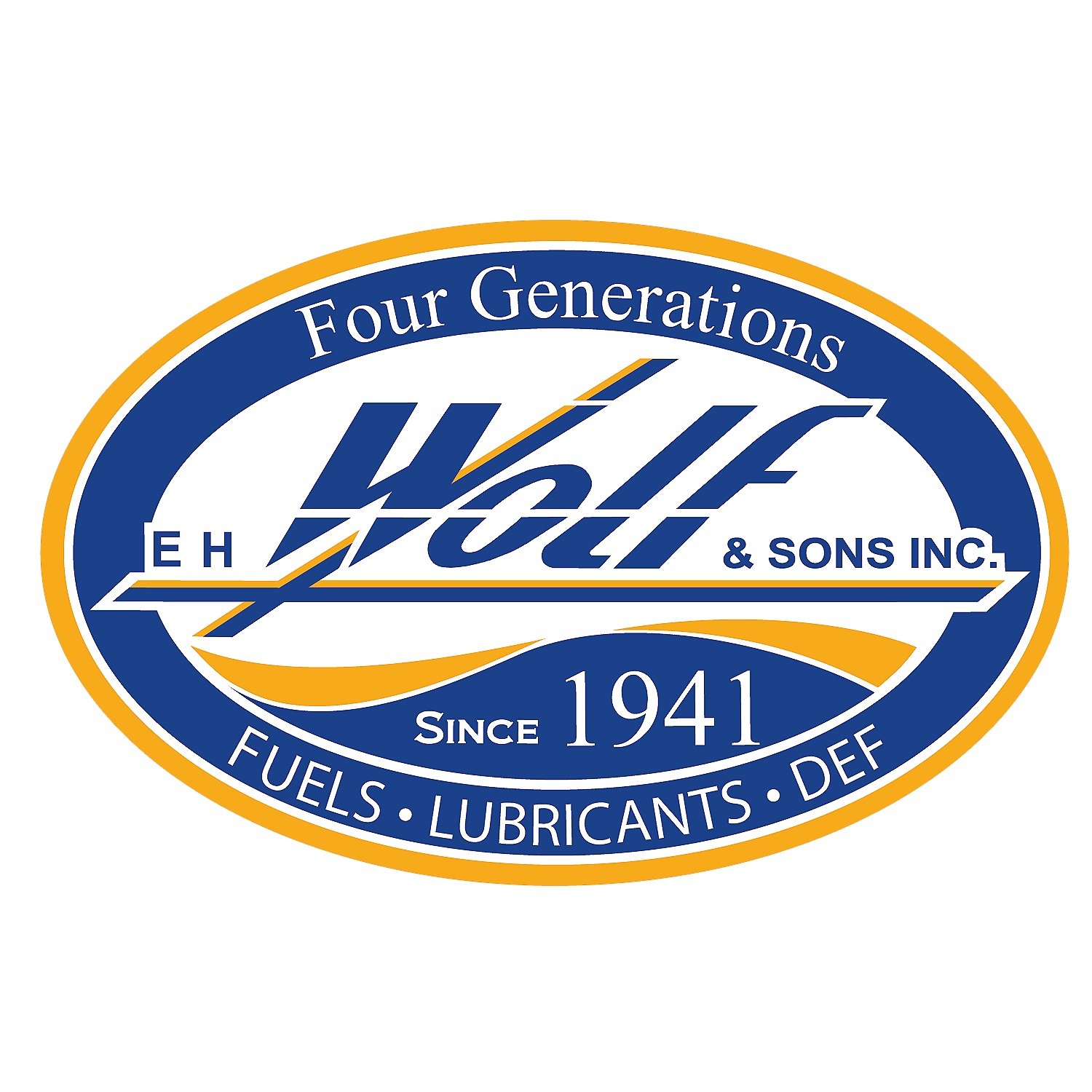Best Ways to Test for Water in Oil
"Do you have any suggestions on whether to use a third-party lab for moisture testing? What instrument is commonly used for testing less than 50 parts per million (ppm) of water? The viscosity is around 1,800 centistokes. Additive interference is also a concern."
Testing the levels of water in oil is a fundamental part of oil analysis. After solid contamination, water is the second most destructive contaminant to lubricated machinery, particularly emulsified water. Bearing life can be reduced to less than 25 percent when water is present in quantities of just 1,000 ppm.
Testing for water in oil can be performed using several different methods, with some as basic as a hot plate tester (crackle test) or as part of a larger spectrum of analysis, such as Fourier transform infrared (FTIR) spectroscopy.
Both of these methods serve more as a screen test. The ASTM D95 method (Dean and Stark distillation system) can be effective at times but is limited in resolution below 500 ppm. Volumetric titration methods, such as those identified by ASTM D1744, have a relatively low cost but can experience reproducibility issues when testing below 200 ppm and are subject to additive interferences. Calcium hydride tests are also known to be accurate down to 50 ppm.
In more modern techniques, water concentrations in a lubricant can be tested using coulometric titration methods from procedure A or B of ASTM D6304. While more reliable than previous techniques, these coulometric methods can still be prone to testing challenges, such as with matrix interference (specific additives, contaminants, etc.), high viscosity or small anticipated volumes of water in the samples.
For these situations, there are better methods. One is procedure C from the ASTM D6304 standard. In this procedure, 10 milliliters of white oil are added to a water evaporator accessory. With nitrogen gas bubbles throughout the heated sample, the sample is shaken and dissolved with hexane. Once the dissolved sample is prepared, the standard Karl Fischer method (procedure A) can be used to test the oil.
Procedure C is fairly reliable for testing samples, even down to below 50 ppm. As long as the sample can be injected into the evaporator assembly, the oil's viscosity should not pose any problems in the test. The full procedure is subject to certain types of interference, particularly with mercaptans, sulfides, ferric salts and others listed in ASTM E203.
Another popular method is a variation of the ASTM D6304 procedure which evaporates water from oil then condenses and distills it into toluene. This is referred to as the distillation method and is employed by many larger laboratories for its applicability in automation and quick processing with relatively good accuracy. While other options exist, this method, along with the technique outlined in procedure C, is quite accurate, even with higher viscosities and additive interferences in the original sample.
All titration techniques also have methods for making the testing even more accurate, particularly with testing below 50 ppm. One approach is to allow the titration method to process much slower than normal. Another tactic is to better control the titration apparatus for sensitivities such as pH or ambient humidity. Overall, precise measurement of moisture can be accomplished with the proper techniques used in specialization laboratories and even many larger commercialized labs.

